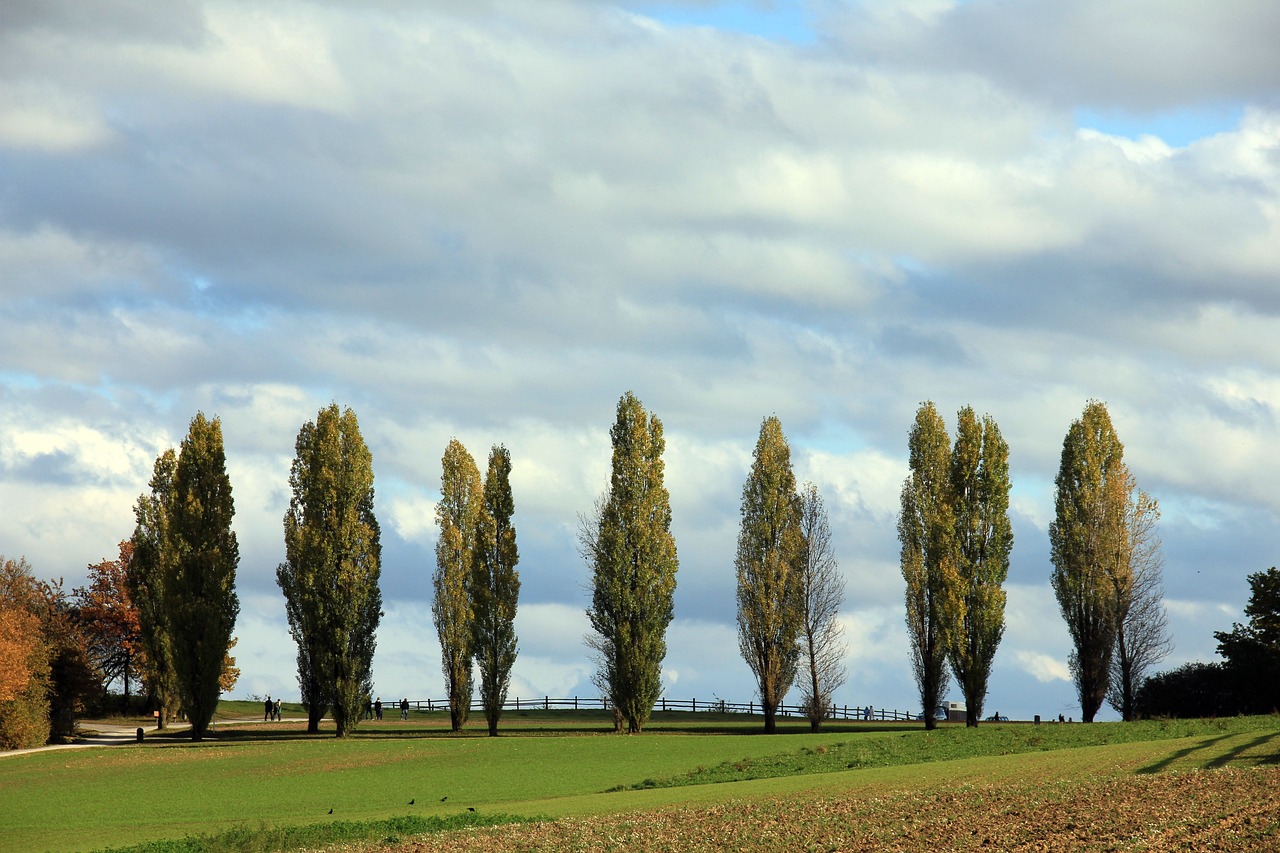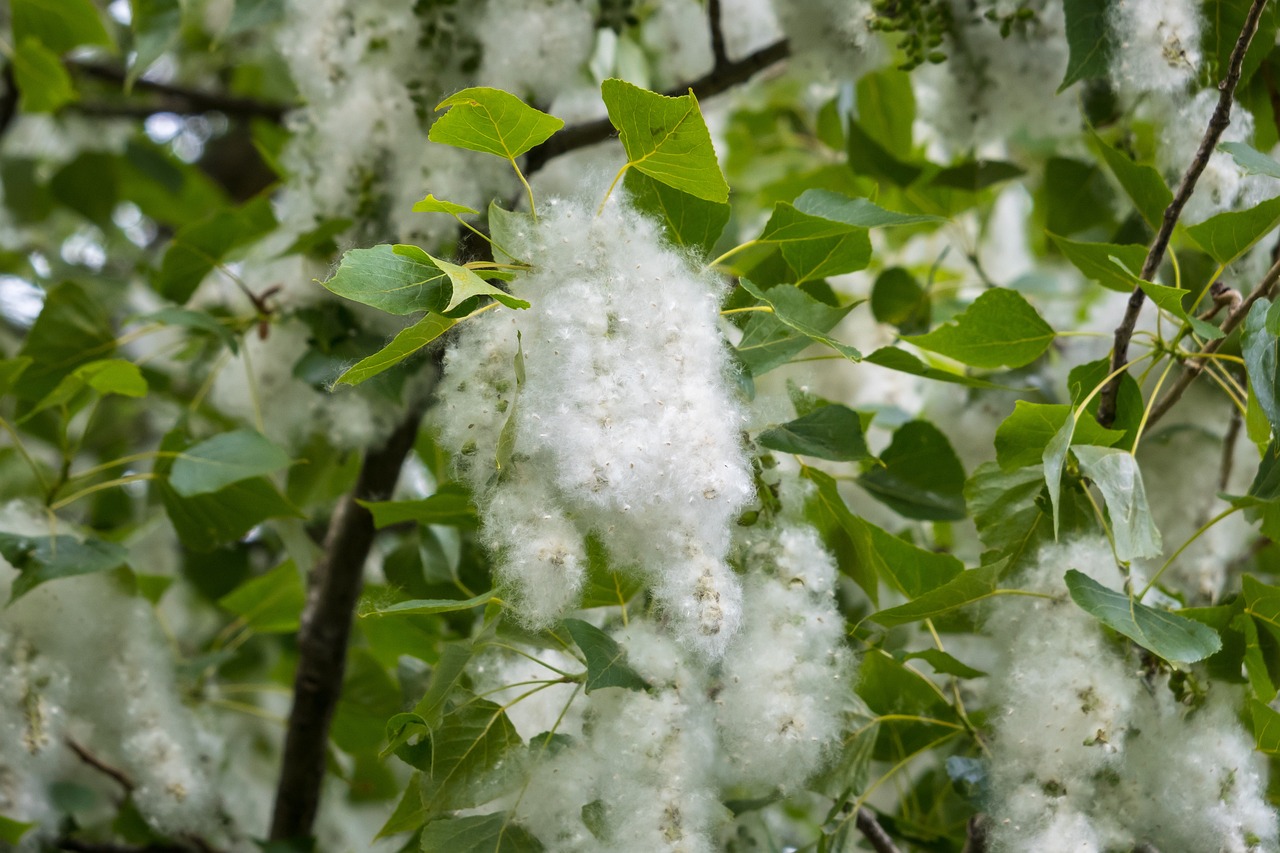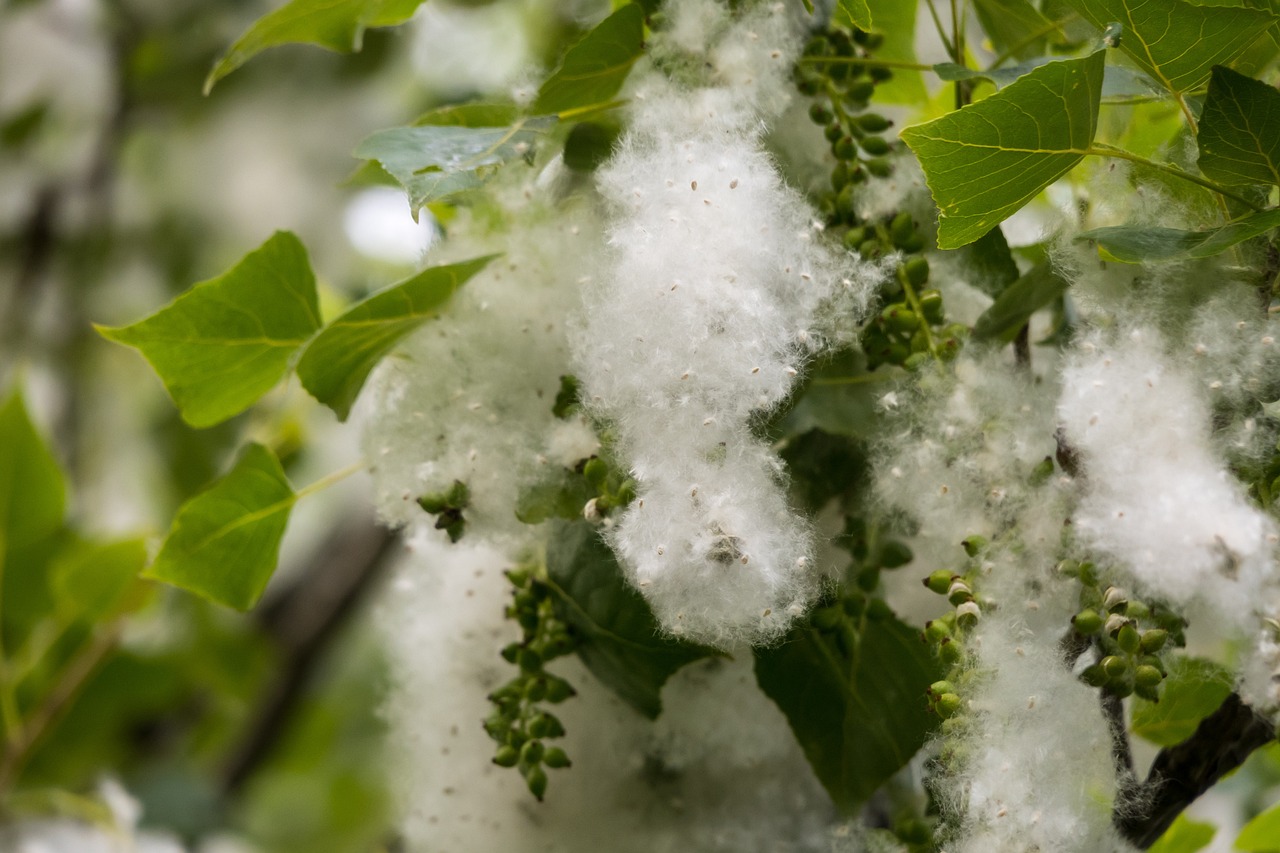“`html
Understanding Poplar Trees: A Comprehensive Guide
Poplar trees are one of the most widespread and adaptable tree species, known for their rapid growth and beautiful foliage. In this post, we will explore the basics of poplar trees, including their habitat, characteristics, symbolic meanings, and tips for growing them successfully. Whether you are a gardening enthusiast or simply curious about these fascinating trees, this guide will provide you with the information you need.
Basic Description of Poplar Trees
Habitat
Poplar trees are primarily found in the Northern Hemisphere, thriving in temperate and subtropical regions. They are highly adaptive and can grow in a variety of soil types, although they prefer moist, well-drained soils near rivers and wetlands. Commonly found in North America, Europe, and Asia, poplars are a vital component of many ecosystems, providing habitat and food for various wildlife species.
Characteristics
Poplar trees are deciduous, meaning they shed their leaves annually. They are known for their tall, slender trunks and fast growth, often reaching heights of 50-160 feet. The leaves of poplar trees are typically broad and oval-shaped, with a distinct fluttering motion in the wind. Depending on the species, the bark can be smooth and gray or deeply furrowed and dark.
Symbolic Meanings
In various cultures, the poplar tree holds significant symbolic meanings. In ancient Greek mythology, poplars were associated with the afterlife and transformation, often symbolizing resilience and endurance. In some Native American traditions, poplars are seen as symbols of protection and are believed to have healing properties.

How to Grow Poplar Trees
Choosing the Right Species
There are several species of poplar trees, including the Lombardy poplar, Eastern cottonwood, and the white poplar. When selecting a species for planting, consider the specific climate and soil conditions of your area. For example, the Lombardy poplar is known for its columnar shape and is ideal for creating windbreaks or privacy screens.
Planting Guidelines
To successfully grow poplar trees, choose a location that receives full sunlight and has access to adequate moisture. Poplars grow best in well-drained, fertile soil. When planting, ensure that young trees are spaced appropriately, typically 20-30 feet apart, to allow sufficient room for growth and to prevent overcrowding.
Care and Maintenance
Poplar trees require regular watering, especially during dry spells, to ensure healthy growth. Mulching around the base of the tree can help retain moisture and suppress weeds. Pruning is also essential to maintain the desired shape and remove any dead or diseased branches. Fertilizing with a balanced tree fertilizer in the early spring can promote vigorous growth.

Additional Information
Environmental Benefits
Poplar trees play a crucial role in the environment. They act as natural air filters, absorbing carbon dioxide and releasing oxygen. Their extensive root systems stabilize soil and prevent erosion, making them valuable in riparian restoration projects. Additionally, poplars provide habitat for birds and other wildlife, supporting biodiversity.
Uses of Poplar Wood
Poplar wood is lightweight and easy to work with, making it a popular choice for furniture, cabinetry, and paper production. Its versatility extends to the production of plywood and veneer, where its uniform texture and strength are highly valued. For more information on sustainable forestry practices, visit the U.S. Forest Service website.
Common Challenges
While poplar trees are relatively hardy, they can be susceptible to certain pests and diseases, such as aphids, leaf rust, and canker. Regular monitoring and early intervention are key to managing these issues. Learn more about how to protect your trees from pests and diseases on our tree care guide.
Poplar trees are a remarkable addition to any landscape, offering both aesthetic appeal and environmental benefits. By understanding their needs and characteristics, you can enjoy the beauty and utility of these trees for years to come.
“`
